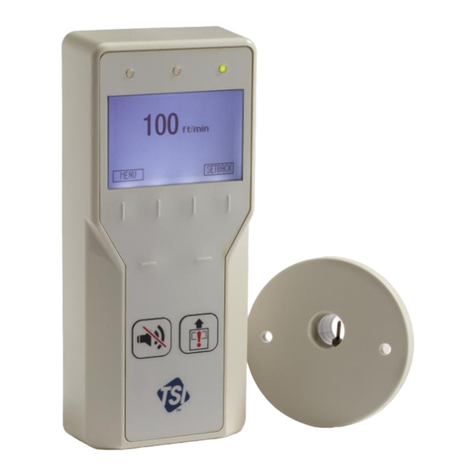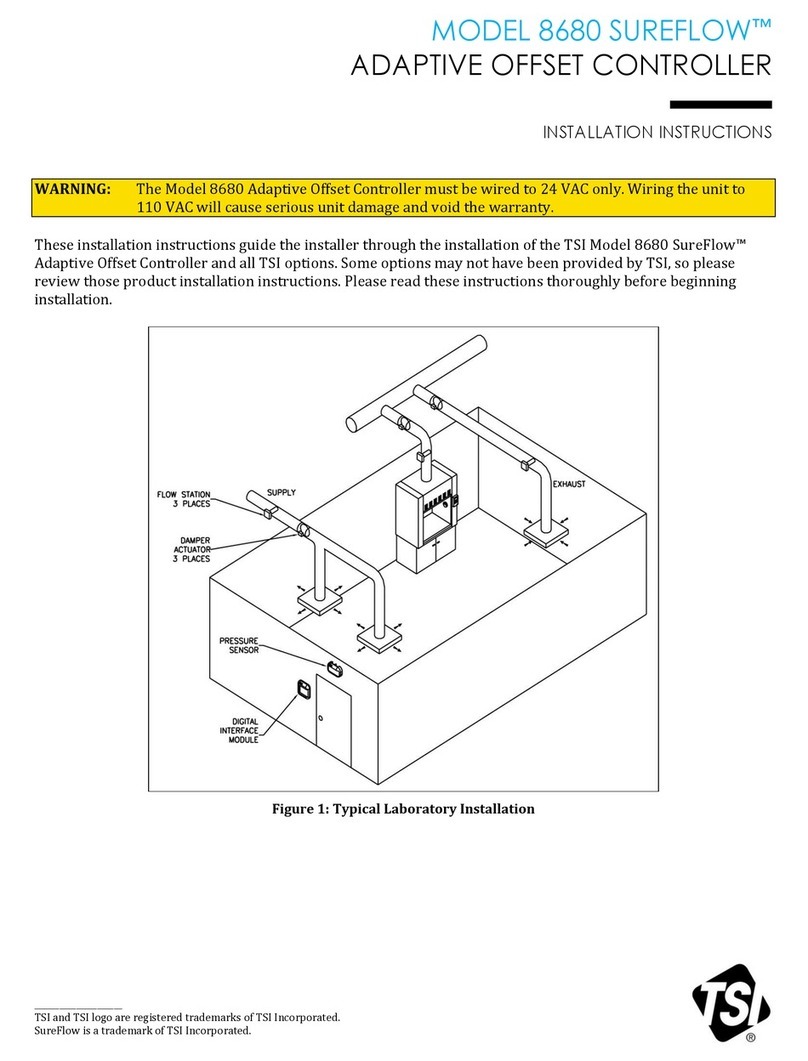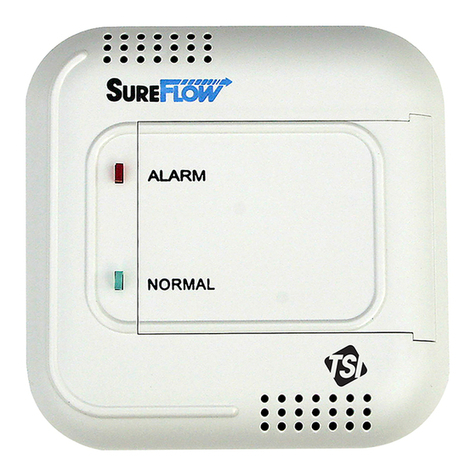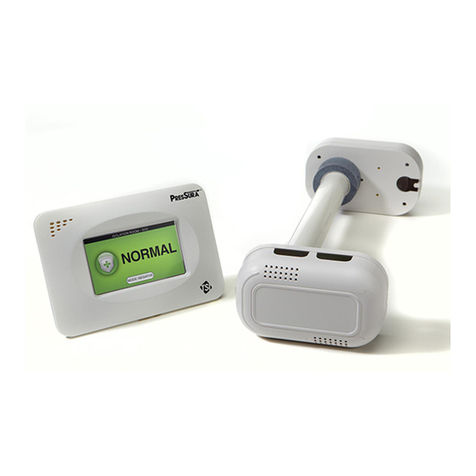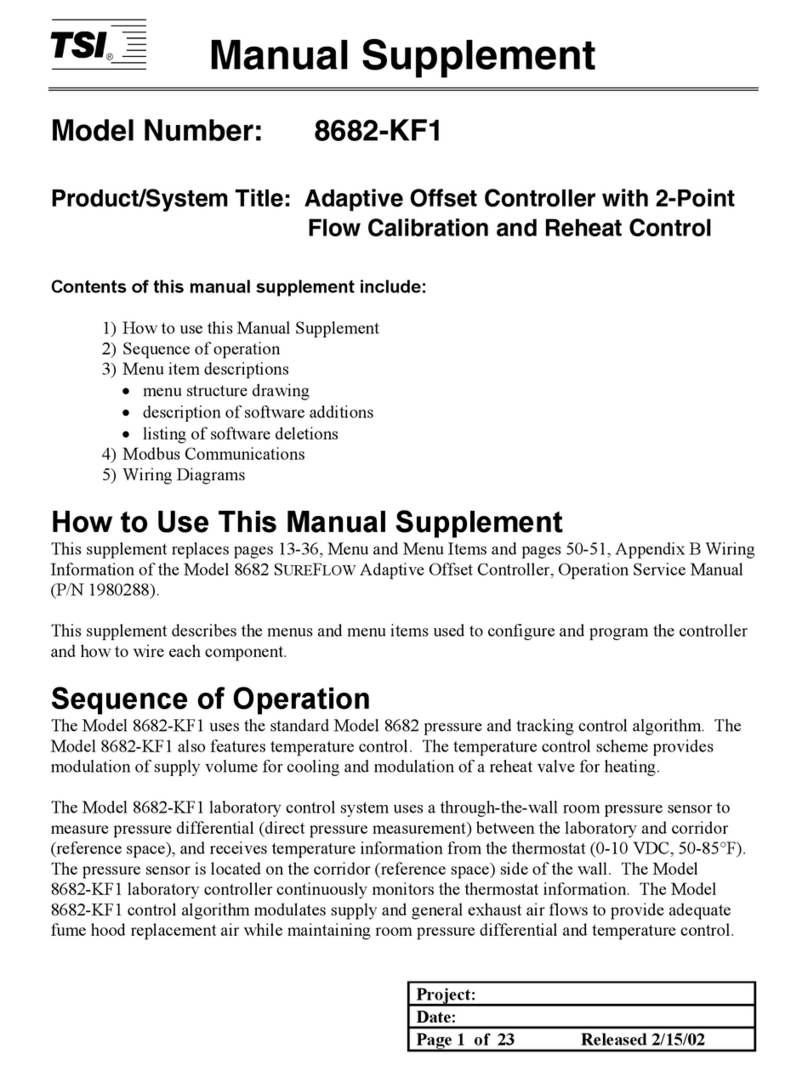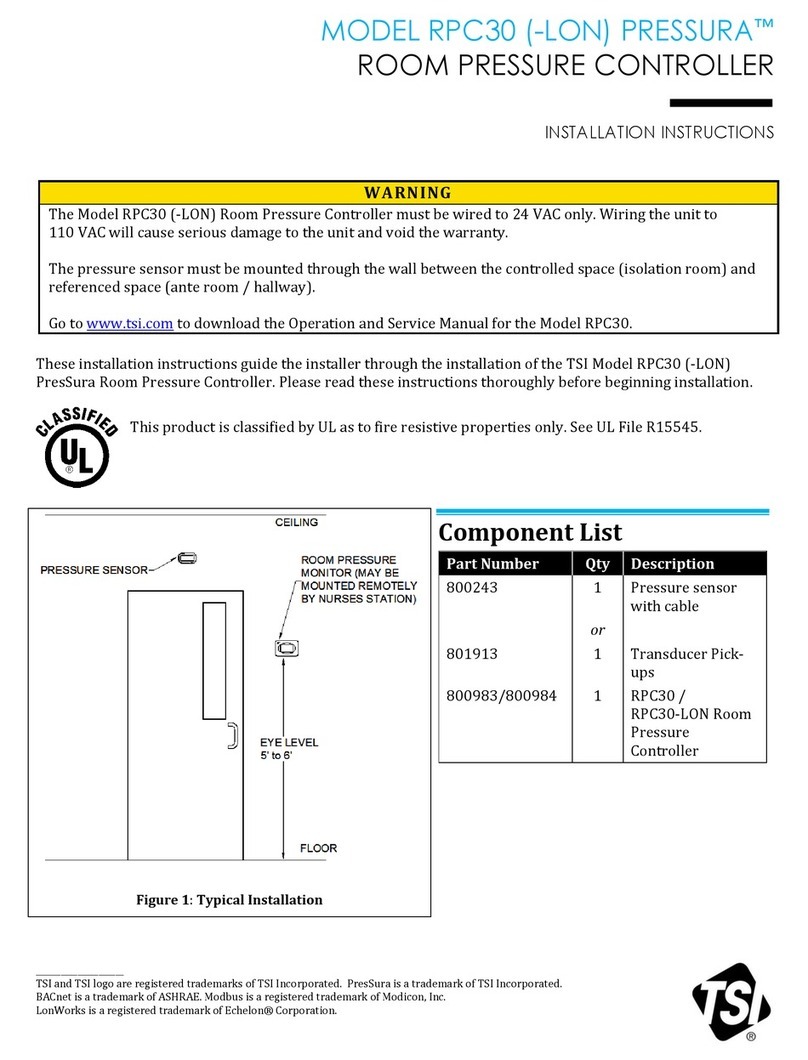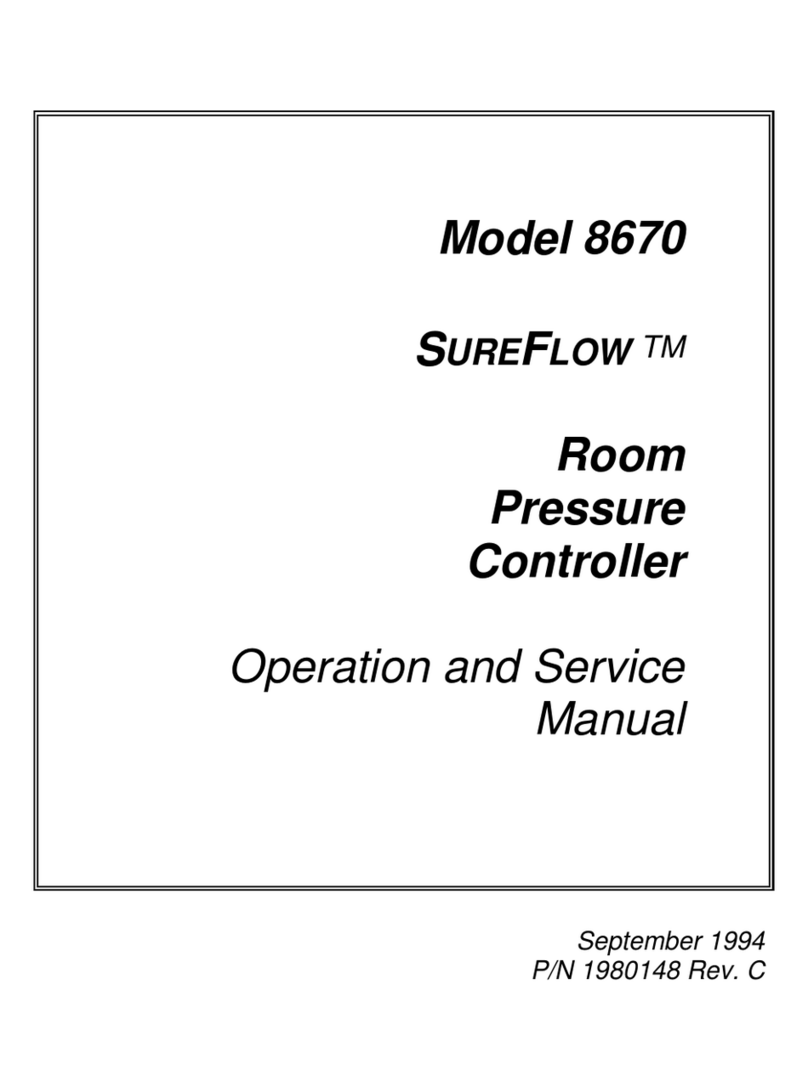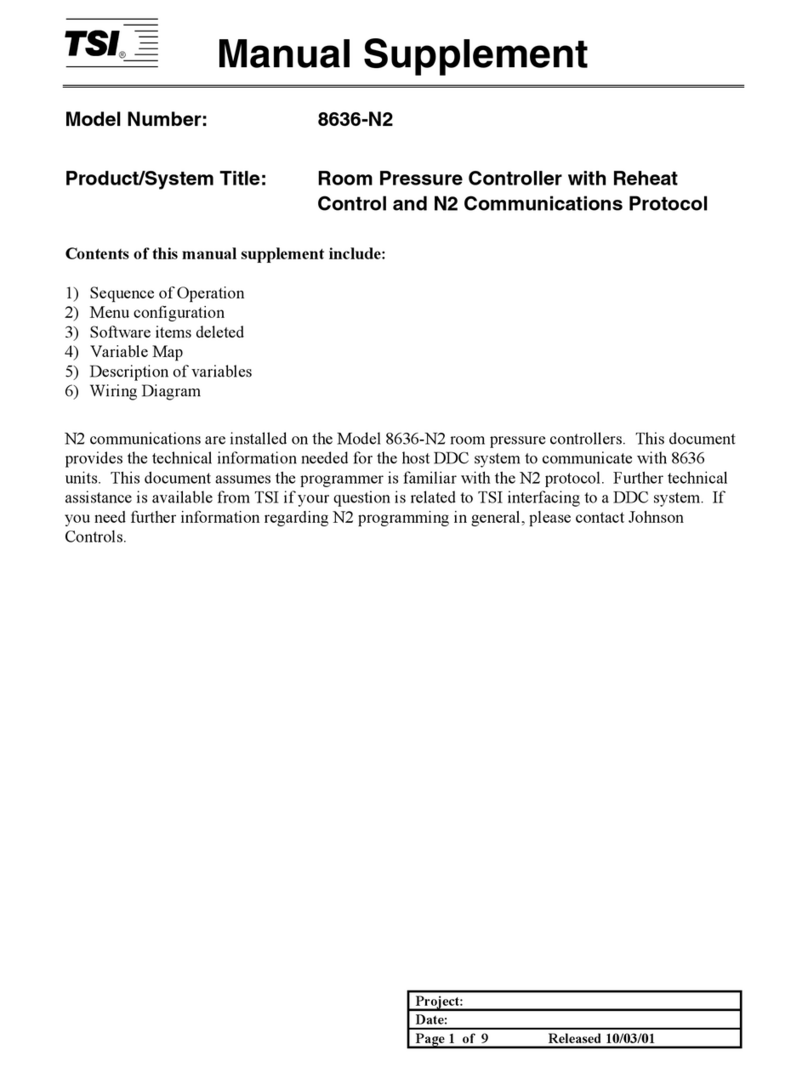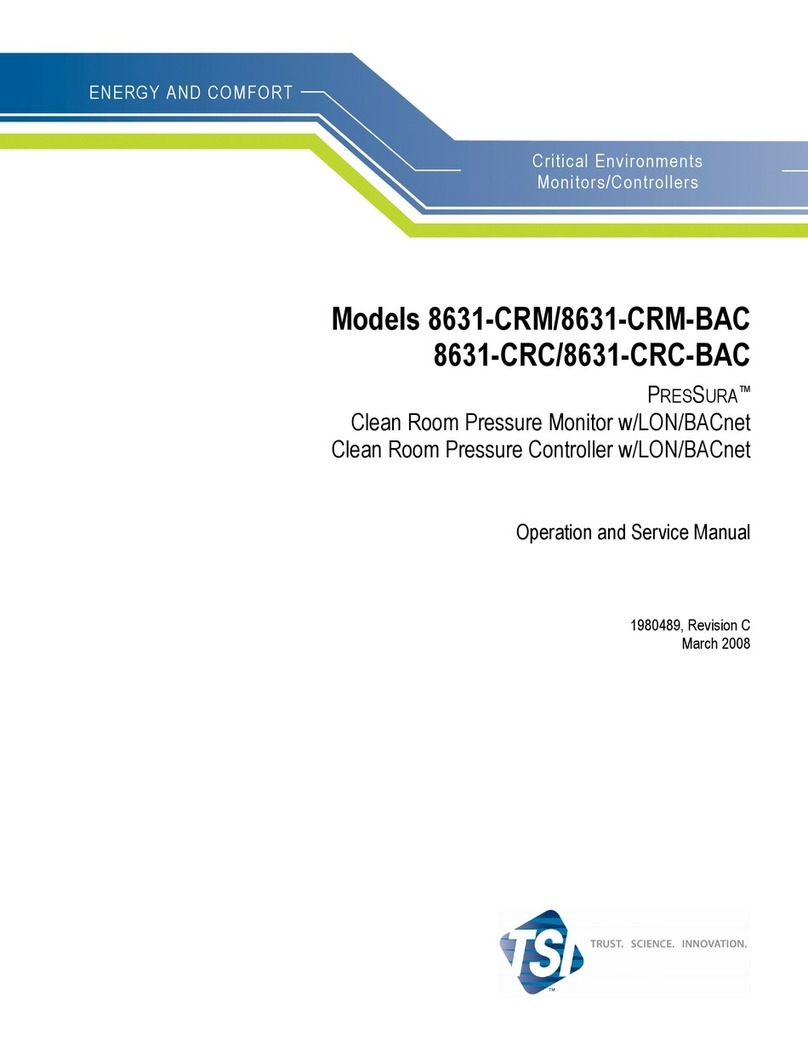
6015650 Rev 0
Model 2950 Liquid Flow Controller Page 4 of 55
TABLE OF CONTENTS
1 Safety.....................................................................................................................................................................5
1.1 Safety Notations ............................................................................................................................5
1.2 Chemical Safety ............................................................................................................................5
1.3 High Pressure Safety.....................................................................................................................5
1.4 Electrical Safety.............................................................................................................................6
1.5 Fire Safety .....................................................................................................................................6
1.6 Temperature Safety.......................................................................................................................6
1.7 Location.........................................................................................................................................6
1.8 Orientation / Mounting...................................................................................................................7
1.9 Application Safety..........................................................................................................................7
1.10 Installation .....................................................................................................................................7
2 Introduction............................................................................................................................................................8
2.1 Product Description.......................................................................................................................8
2.2 The Design Philosophy .................................................................................................................8
2.3 Principle of Operation....................................................................................................................8
3 Installation and Setup..........................................................................................................................................10
3.1 Location and Mounting................................................................................................................10
3.2 Plumbing......................................................................................................................................11
3.3 Electrical Connections and Cabling.............................................................................................11
3.4 Turning the Power On and communicating with the unit.............................................................13
3.5 Minimizing Gas Pockets & Priming the Sensor...........................................................................13
4 Operating the TurboTM Liquid Flow Controller.....................................................................................................14
4.1 Introduction..................................................................................................................................14
4.2 Configuring and Tuning the Liquid Flow Controller....................................................................14
4.3 Setting and Monitoring the Flow Rate in the Service Tool..........................................................28
4.4 Analog Set Point Signal over Tool Signal (DB9) Port .................................................................29
4.5 Serial Communication over Tool Signal (DB) Port......................................................................30
4.6 Communication over EtherCAT...................................................................................................30
4.7 Status lights.................................................................................................................................31
5 Configurations and Compatibility.........................................................................................................................32
5.1 Piezo Valve Located on the Vaporizer:.......................................................................................32
5.2 2950-V Series Piezo Valve on the Liquid Flow Controller ..........................................................32
6 Maintenance and Service....................................................................................................................................33
6.1 Preventative Maintenance...........................................................................................................33
6.2 Zeroing the Unit...........................................................................................................................34
6.3 Power / Status Light ....................................................................................................................34
6.4 Troubleshooting...........................................................................................................................35
6.5 Service.........................................................................................................................................37
7 Specifications.......................................................................................................................................................37
8 Serial Command Set ...........................................................................................................................................38
9 EtherCAT Command Set.....................................................................................................................................44
Appendix A Mechanical Diagram..............................................................................................................................53
Appendix B Installation, Handling and Warranty.......................................................................................................54
Appendix C Korean EMC Statement.........................................................................................................................55
